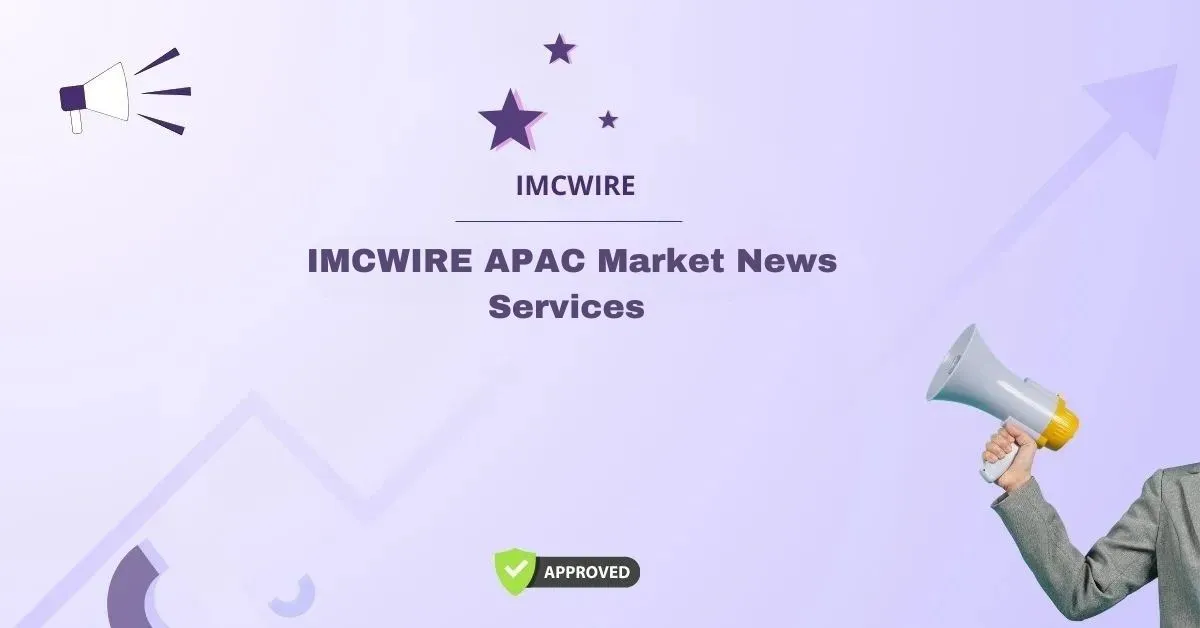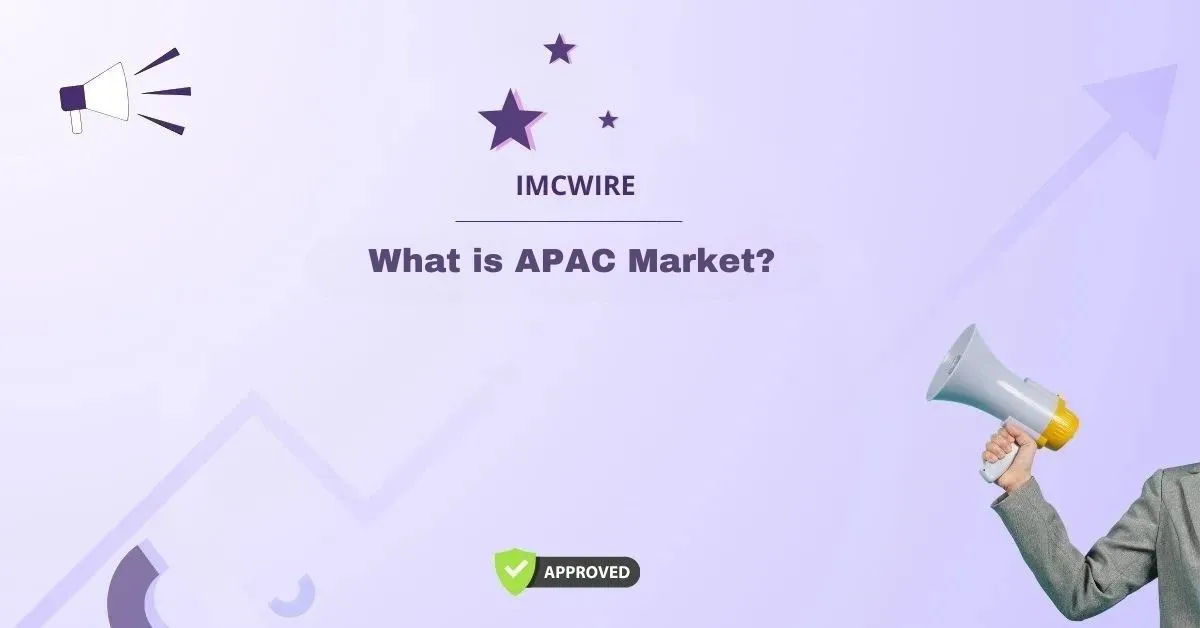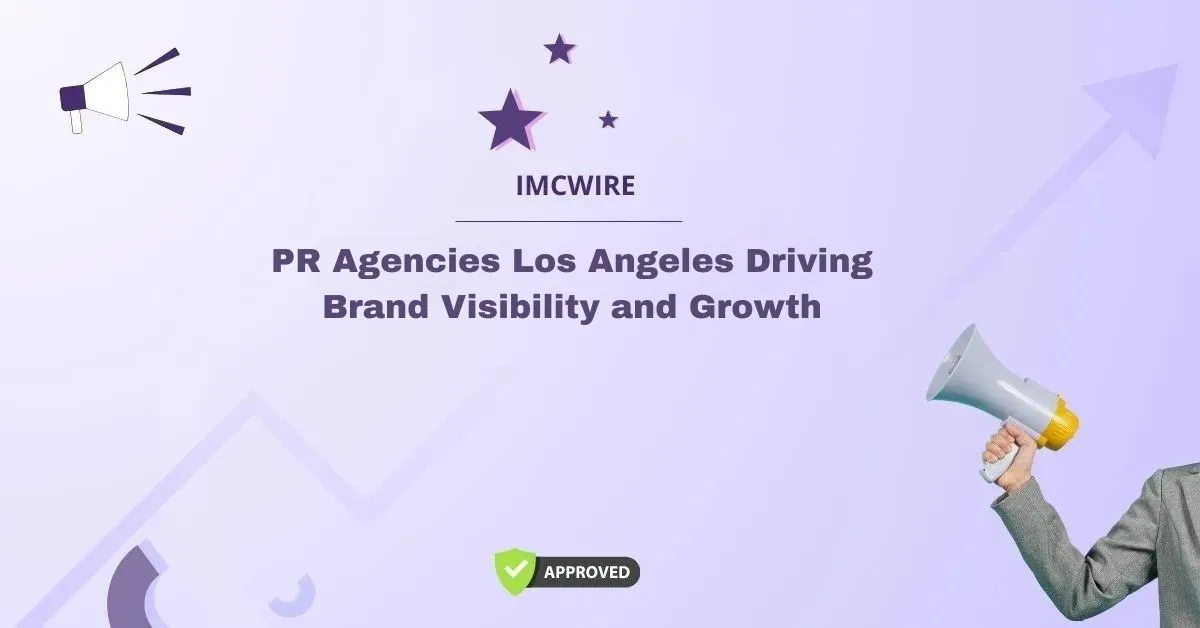Public relations (PR) plays a crucial role in the way governments interact with their citizens, manage their image, and communicate key policies. In an era where information flows rapidly and the public is more aware and engaged than ever before, the government’s ability to effectively manage its communication strategies can make or break its relationship with the public. Public relations in government is not only about shaping public opinion but also about ensuring transparency, accountability, and trust in governmental actions. This blog explores the importance of PR in government, its functions, challenges, and its significant impact on public perception.
Table of Contents
Understanding Public Relations in Government
PR in government refers to the strategies and practices employed by government bodies to manage their communication with the public, the media, and other stakeholders. Unlike in the private sector, where PR is often focused on marketing and promoting products or services, PR in the government sector focuses on building trust, promoting policies, providing transparency, and engaging with citizens. Effective PR helps to bridge the gap between the government and the people it serves, ensuring that the citizens are informed and have access to the right information.
Governments worldwide are increasingly recognizing the value of PR as an essential tool in their operations. The role of PR extends beyond media relations; it involves crafting narratives, managing crisis situations, and creating platforms for open dialogue between the authorities and the public. In addition, PR professionals in government work tirelessly to manage and improve the government’s reputation, especially when it comes to crisis communication and policy changes.
The Role of Public Relations in Government
The role of PR in government is multi-faceted. The following are the primary functions that PR serves in the government sector:
- Communication of Policies and Initiatives
Government PR professionals are tasked with communicating policies and government initiatives to the public. This includes explaining complex policy decisions, government programs, and new regulations in a manner that is accessible and understandable for citizens. For example, a new healthcare reform or tax policy needs to be explained clearly to ensure that citizens understand how the changes affect them.
- Managing Crises
A government’s ability to handle a crisis is greatly influenced by its PR strategies. Whether it’s a natural disaster, a political scandal, or a public health crisis, PR professionals work to manage the narrative, address concerns, and ensure that the government’s response is seen as timely and effective. The government’s communication strategy during a crisis can influence public opinion and trust in its ability to lead and protect its citizens.
- Enhancing Transparency and Accountability
One of the primary functions of PR in government is to promote transparency and accountability. Citizens demand openness from their government, and PR professionals help facilitate that by ensuring that information about government actions is readily available. Regular press briefings, reports, and statements are essential in ensuring that the government is seen as transparent in its operations.
- Building Relationships with the Media
PR in government often involves cultivating relationships with the media. Media outlets serve as the primary conduit through which information flows from the government to the public. By maintaining positive relations with journalists and news organizations, government PR professionals ensure that important information is disseminated accurately and promptly.
- Promoting Civic Engagement
Effective PR helps engage citizens in the democratic process. Government PR efforts often include campaigns to encourage voter turnout, educate the public on the importance of civic participation, and create dialogue about critical issues. By fostering open lines of communication, PR professionals help build a stronger relationship between the government and the people.
Challenges of PR in Government
Despite its importance, PR in government is fraught with challenges. These challenges include navigating political sensitivities, managing misinformation, and dealing with public skepticism. Below are some of the common challenges that government PR faces:
- Political Sensitivity
Government PR professionals often walk a fine line when it comes to political sensitivity. In many cases, the government is under scrutiny by opposition parties, the media, and the public. Ensuring that communication remains unbiased and impartial is essential to maintaining credibility. At times, PR professionals must carefully craft messages to avoid alienating certain segments of the population.
- Misinformation and Fake News
In the age of social media and digital platforms, misinformation spreads rapidly. Government PR professionals need to combat fake news and ensure that the public receives accurate information. This requires a proactive approach in monitoring social media channels, addressing false claims, and correcting misconceptions in a timely manner.
- Maintaining Public Trust
Public trust in the government can be fragile. Scandals, corruption, and mismanagement can erode public confidence, making it harder for the government to communicate effectively. PR professionals in government need to work hard to rebuild trust and ensure that the public believes in the integrity of the government and its leaders.
- Crisis Management
While managing crises is a key function of PR in government, it also represents one of the most challenging aspects. Governments must act quickly and decisively during a crisis while managing the flow of information and mitigating any potential damage to their reputation. Whether it’s a natural disaster or a political controversy, a poorly managed crisis can result in a loss of public trust and confidence.
The Impact of PR on Government’s Public Image
PR has a direct impact on how the public perceives the government. A well-executed PR campaign can enhance the government’s image, while a poorly executed one can tarnish its reputation. In today’s world, where information is instantly accessible, government actions are scrutinized by the public and the media alike. The success of a government’s PR strategy can influence not only its popularity but also its ability to pass legislation, implement policies, and maintain public support.
Government PR can create a positive image of leadership that fosters public trust. For instance, governments that are seen as transparent and responsive to the needs of their citizens tend to enjoy higher levels of public satisfaction. On the other hand, governments that fail to communicate effectively or address public concerns may face criticism, protests, and a decline in political support.
The Future of PR in Government
As the digital landscape continues to evolve, PR in government will continue to adapt. Social media platforms, online news outlets, and other digital channels are becoming more prominent as sources of information for the public. This shift presents both challenges and opportunities for government PR. On the one hand, it makes it easier to communicate directly with citizens. On the other hand, it also opens the door for misinformation and challenges the government’s control over the narrative.
Government PR professionals will need to become adept at using these digital tools to engage citizens in real-time, address concerns immediately, and create interactive platforms for discussion. Transparency and open communication will remain vital components of successful government PR strategies.
Conclusion
PR in government is far from a one-size-fits-all approach. Each government faces unique challenges, and each must tailor its communication strategies accordingly. However, one thing remains clear: PR is indispensable in shaping how the government interacts with its citizens, manages crises, and maintains trust. As the government’s public relations strategies evolve, they must continue to focus on transparency, accountability, and effective communication to build a stronger, more informed, and engaged society.










































